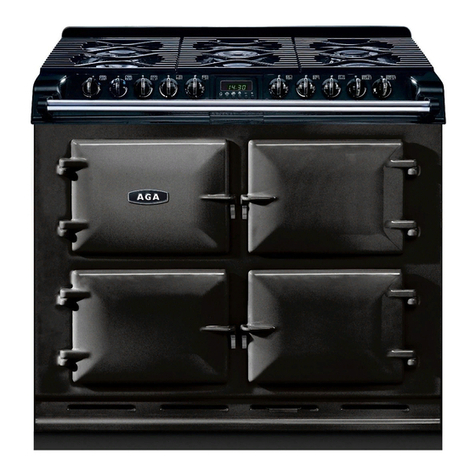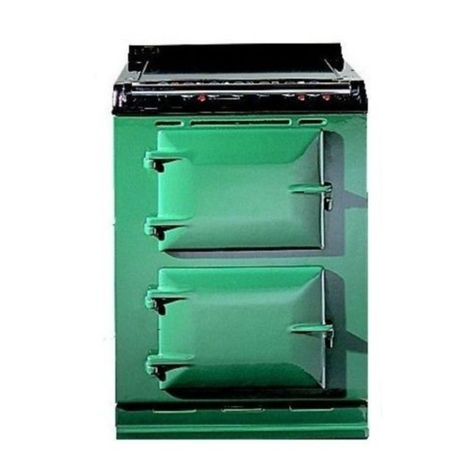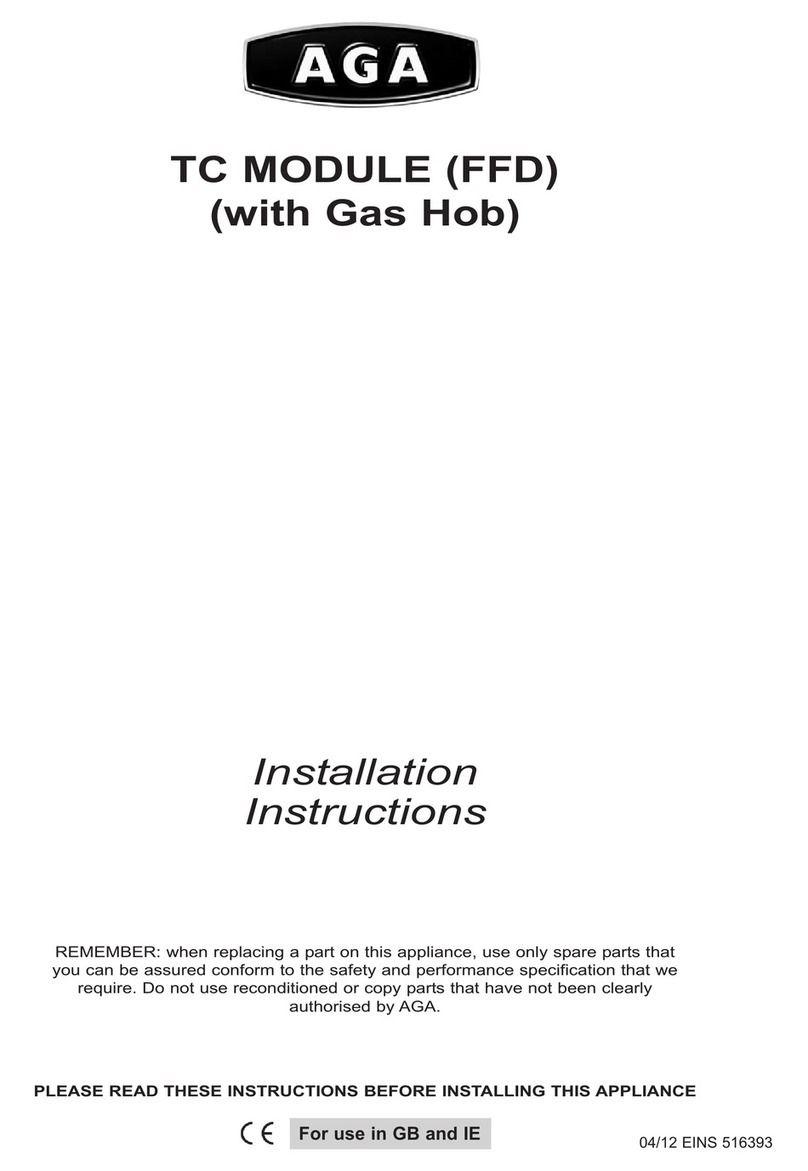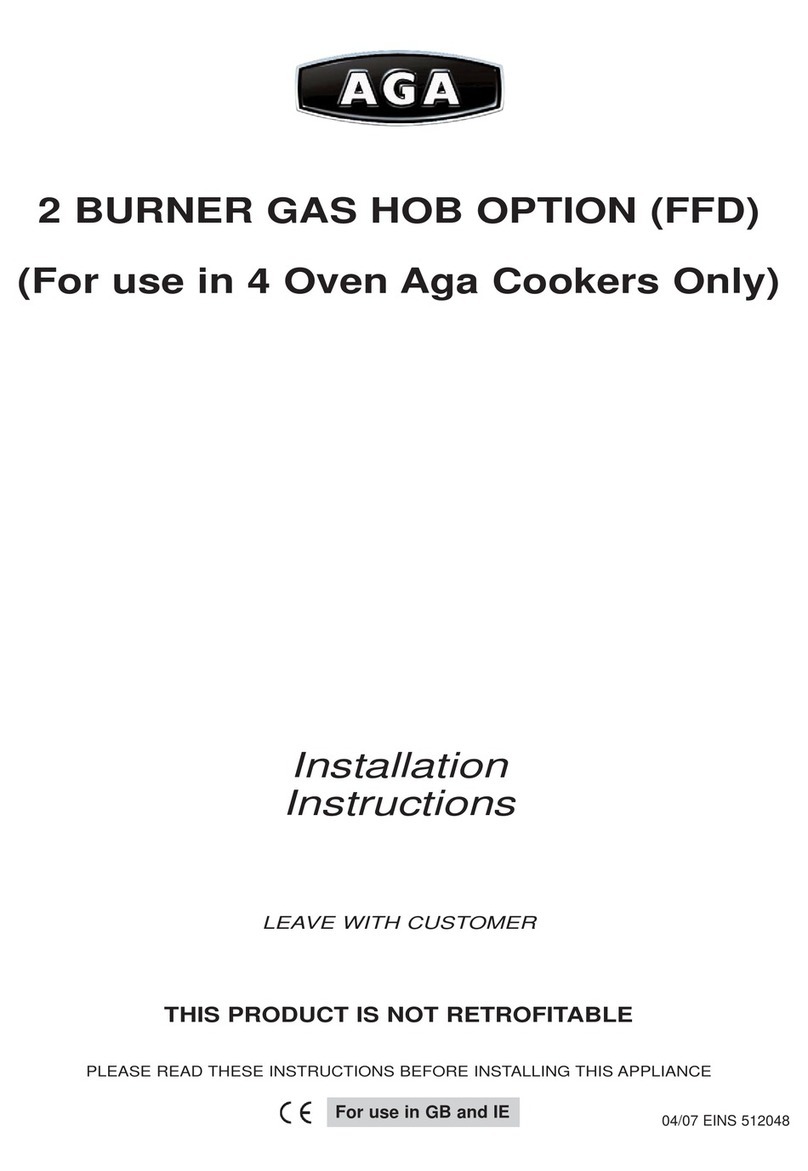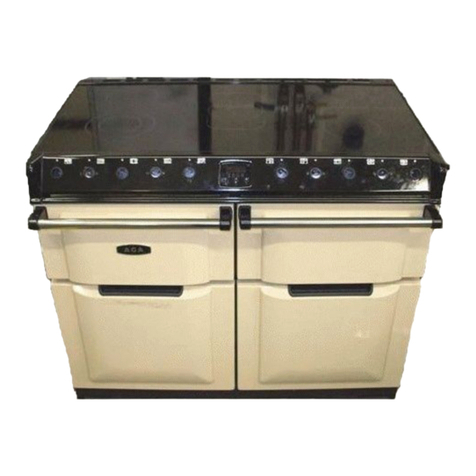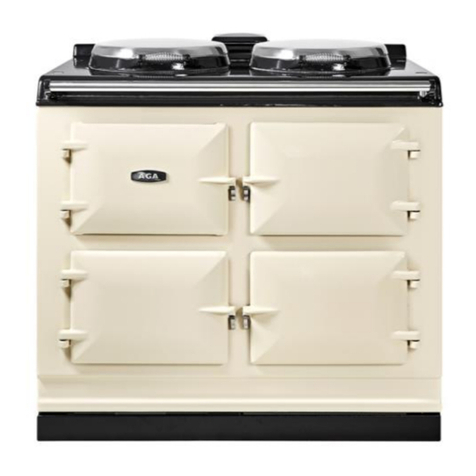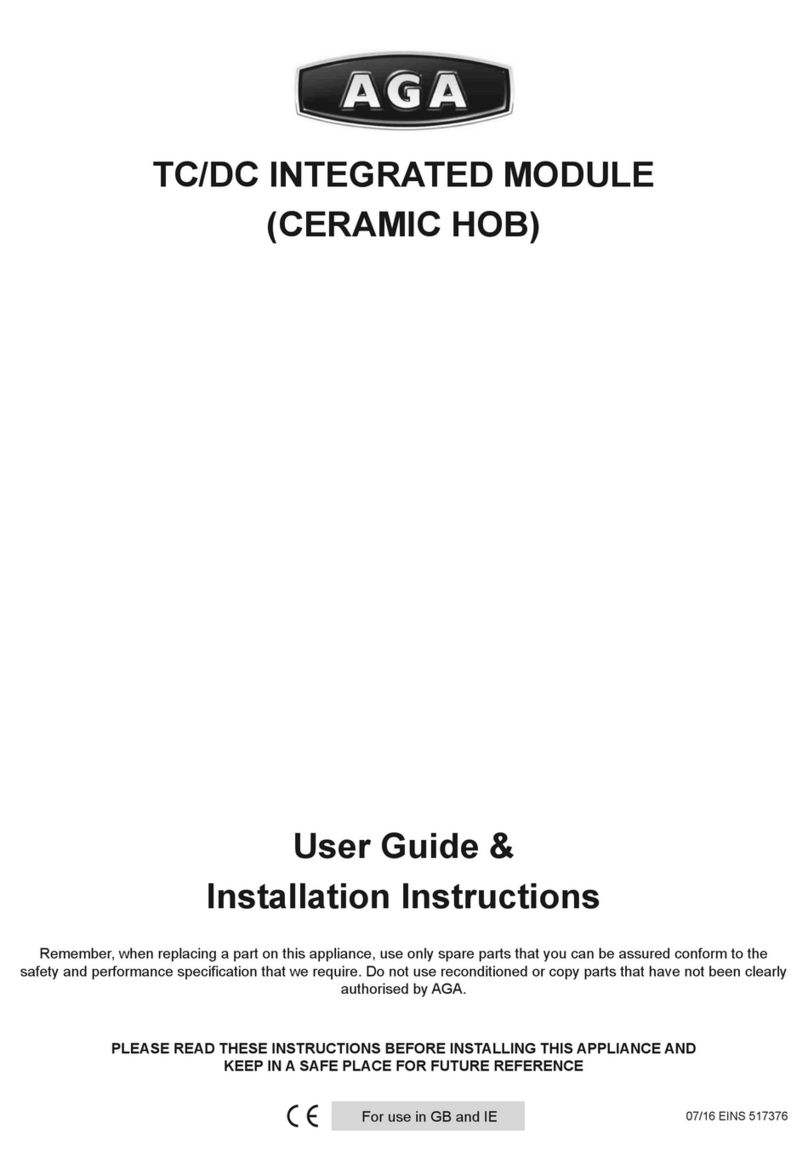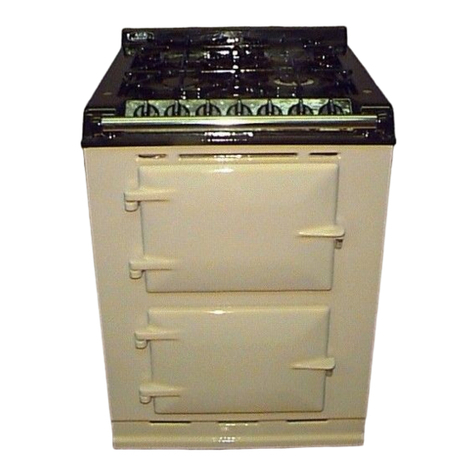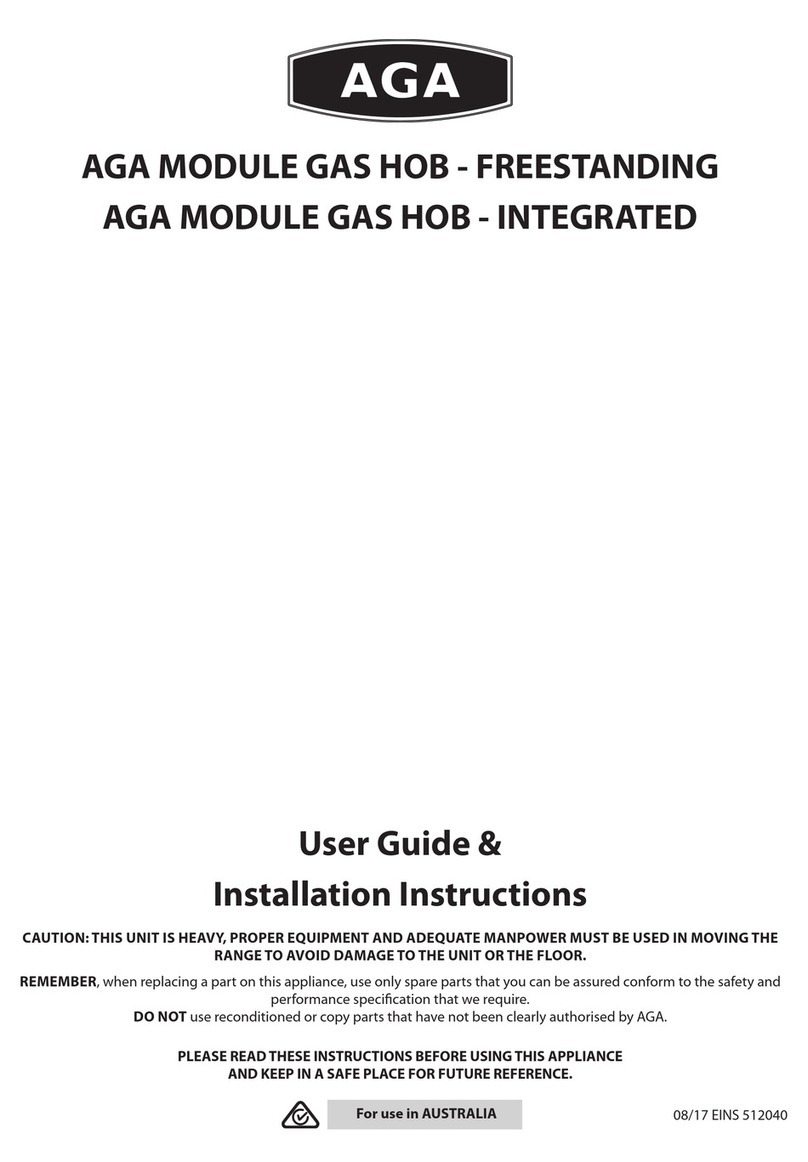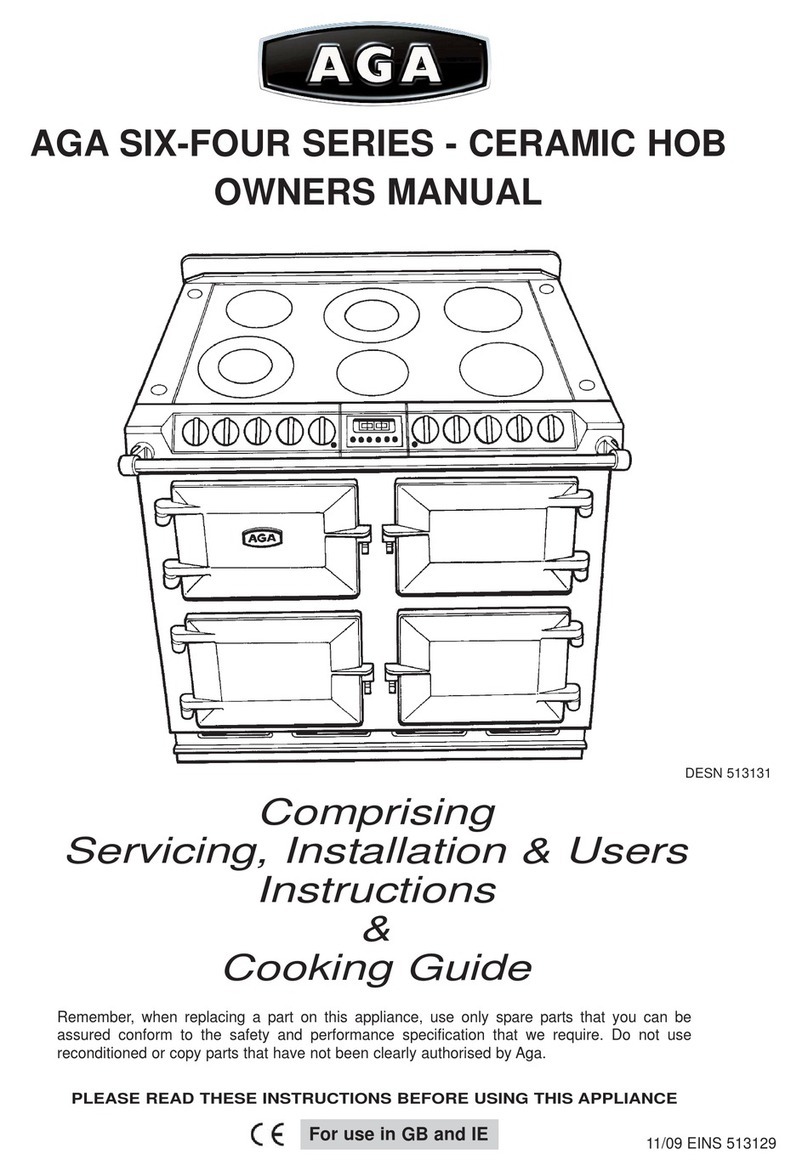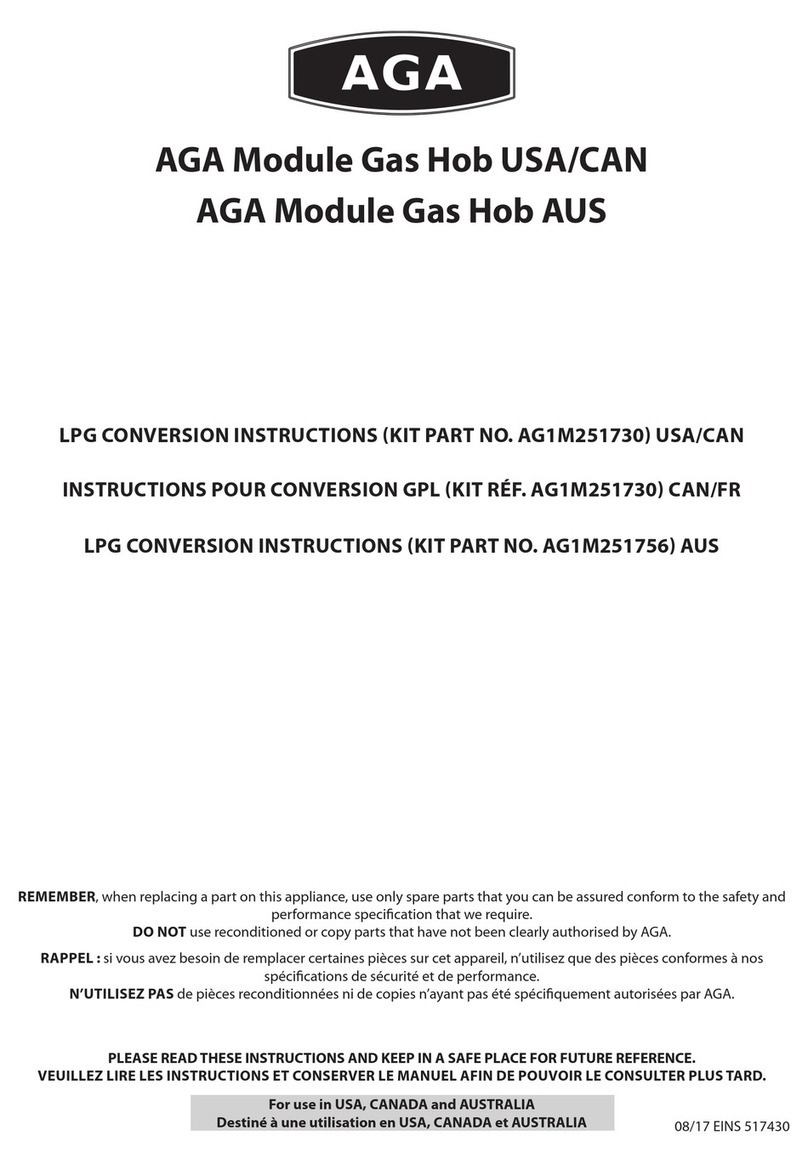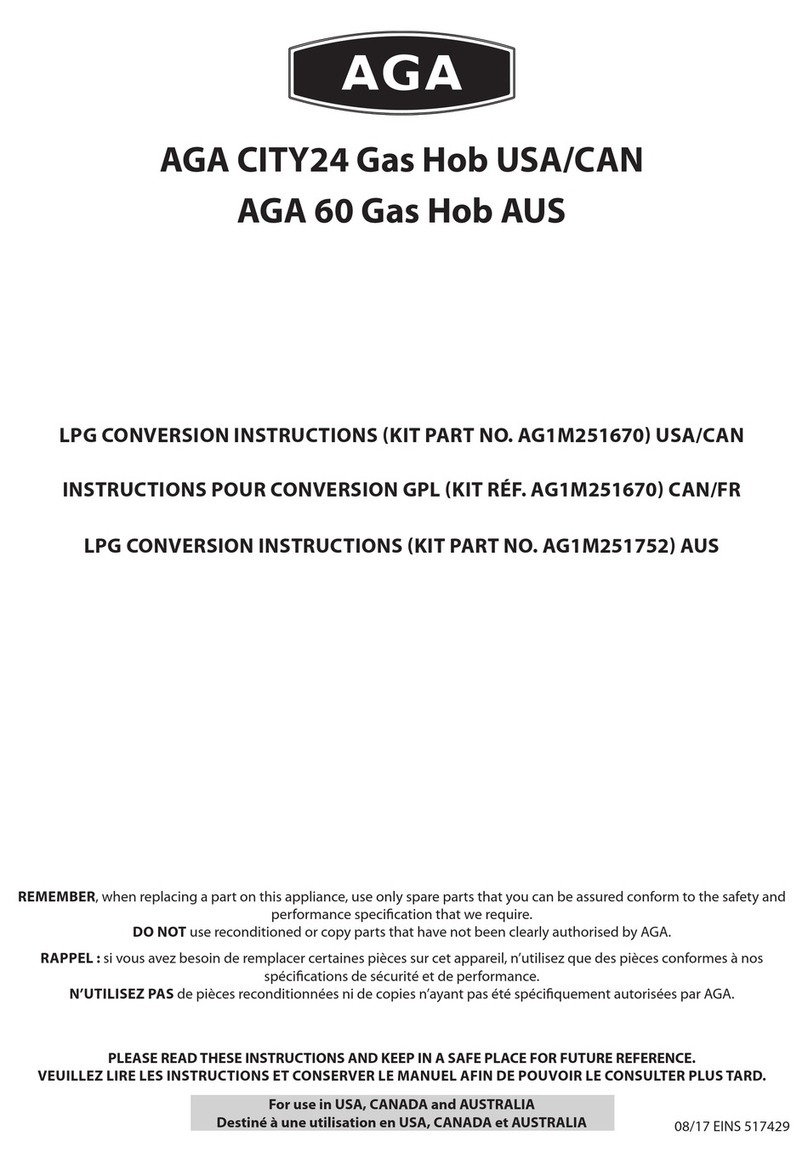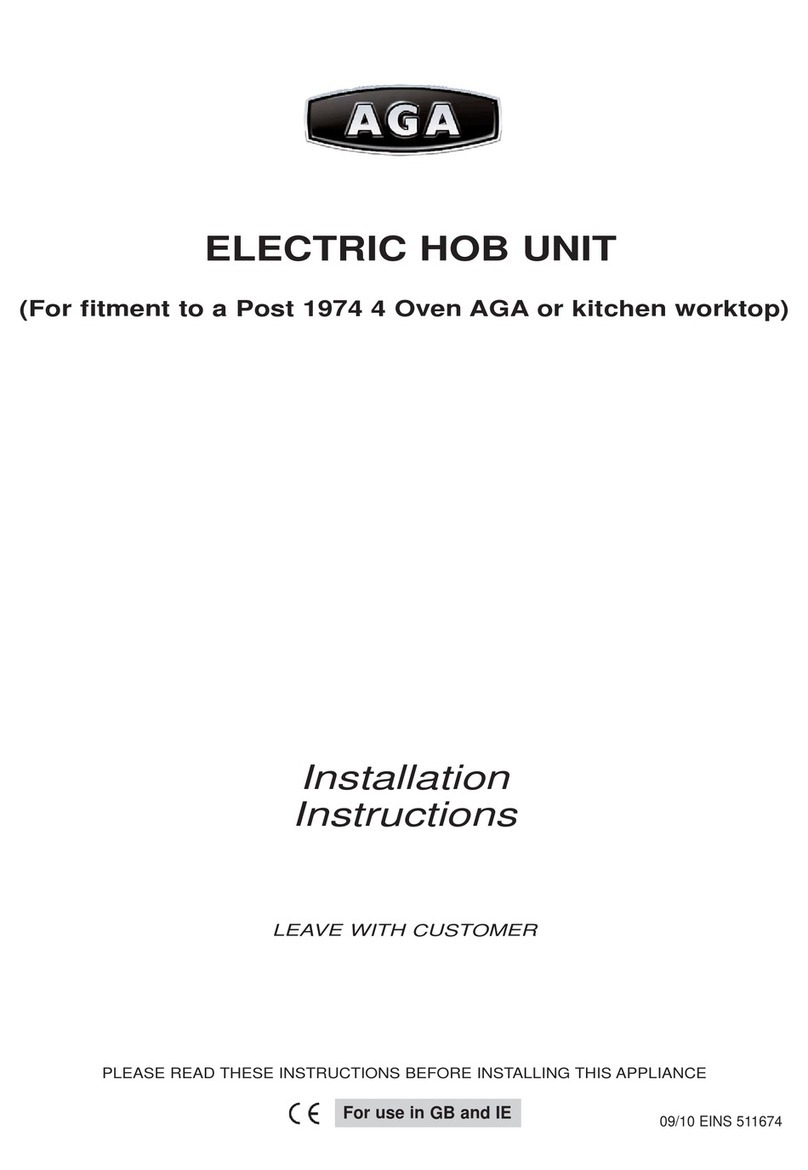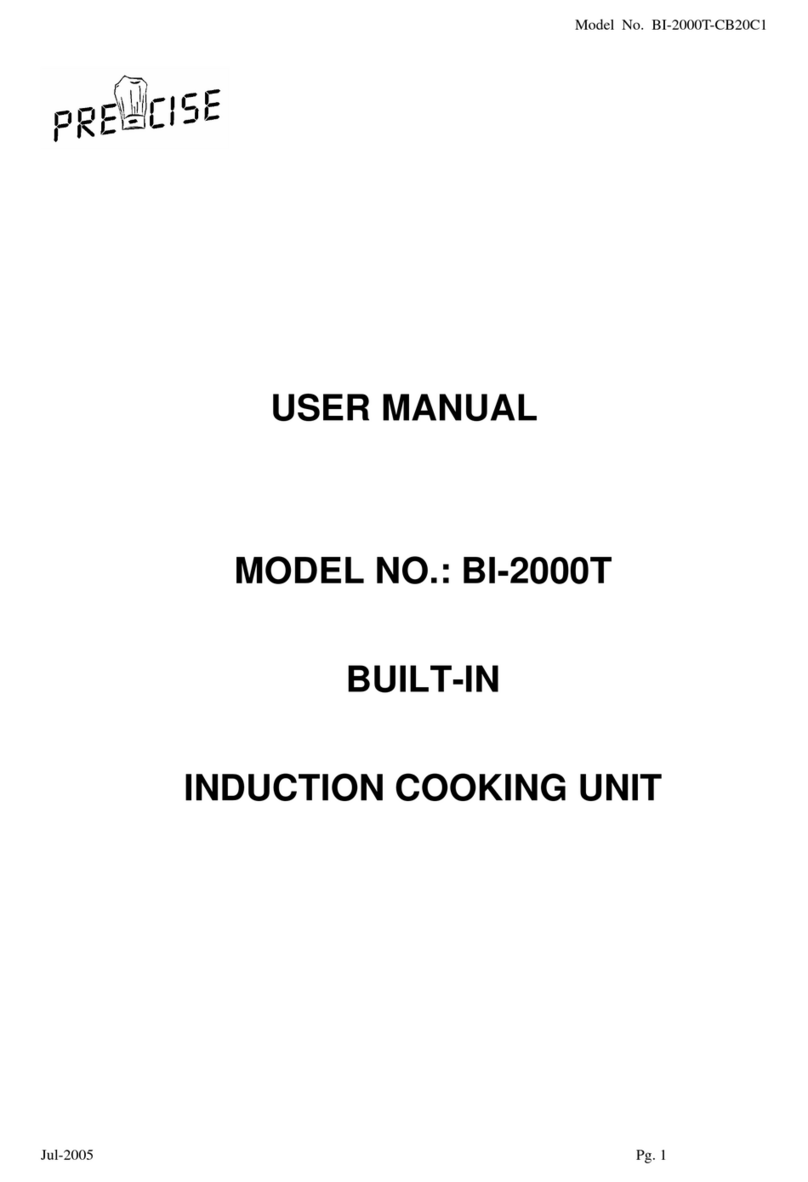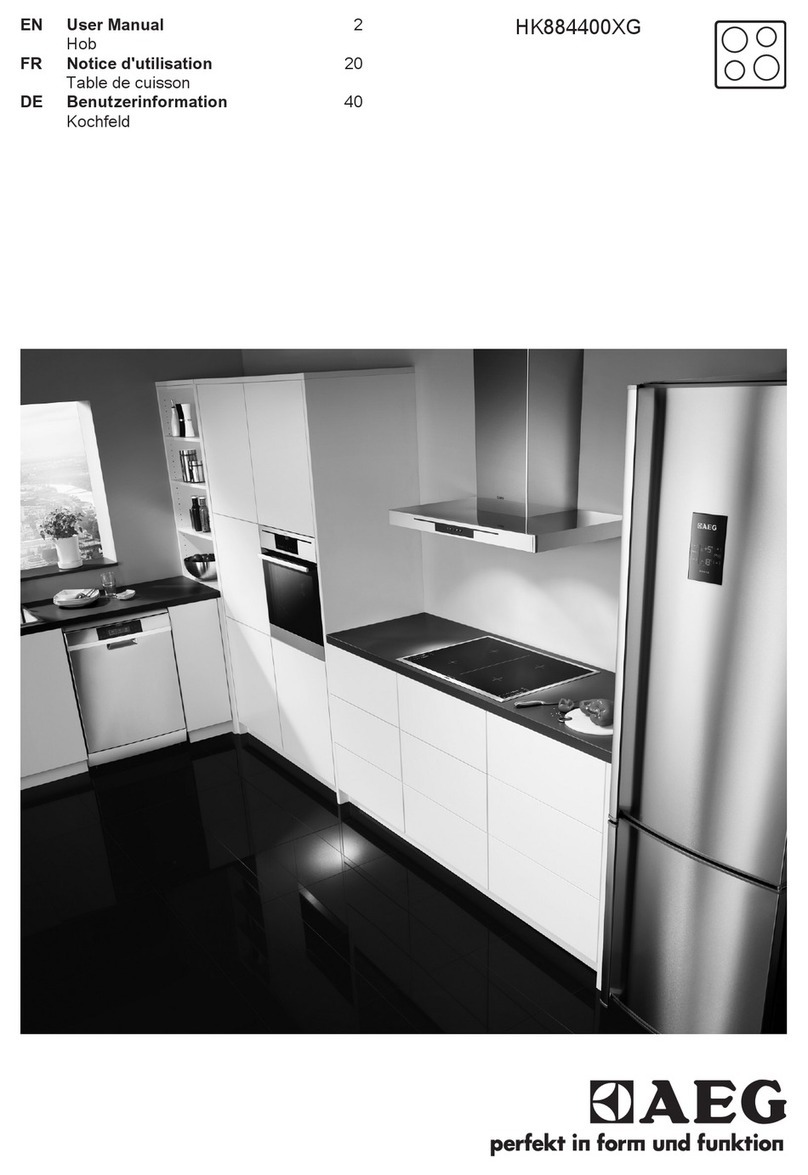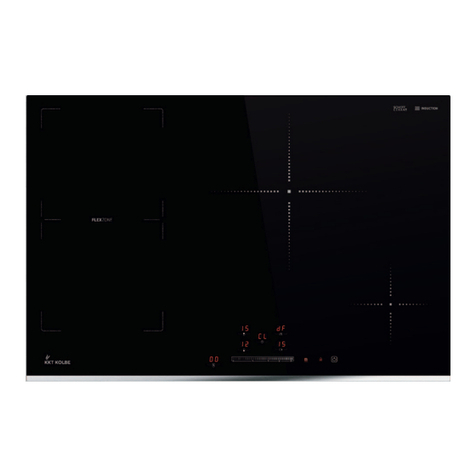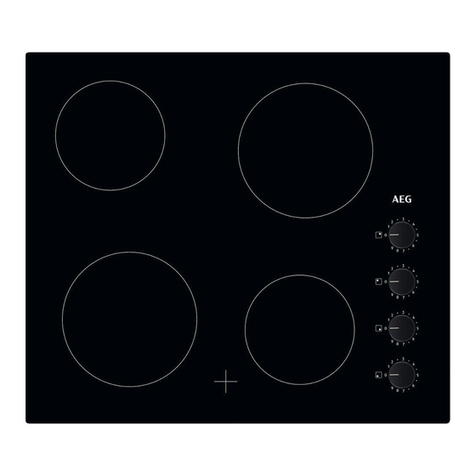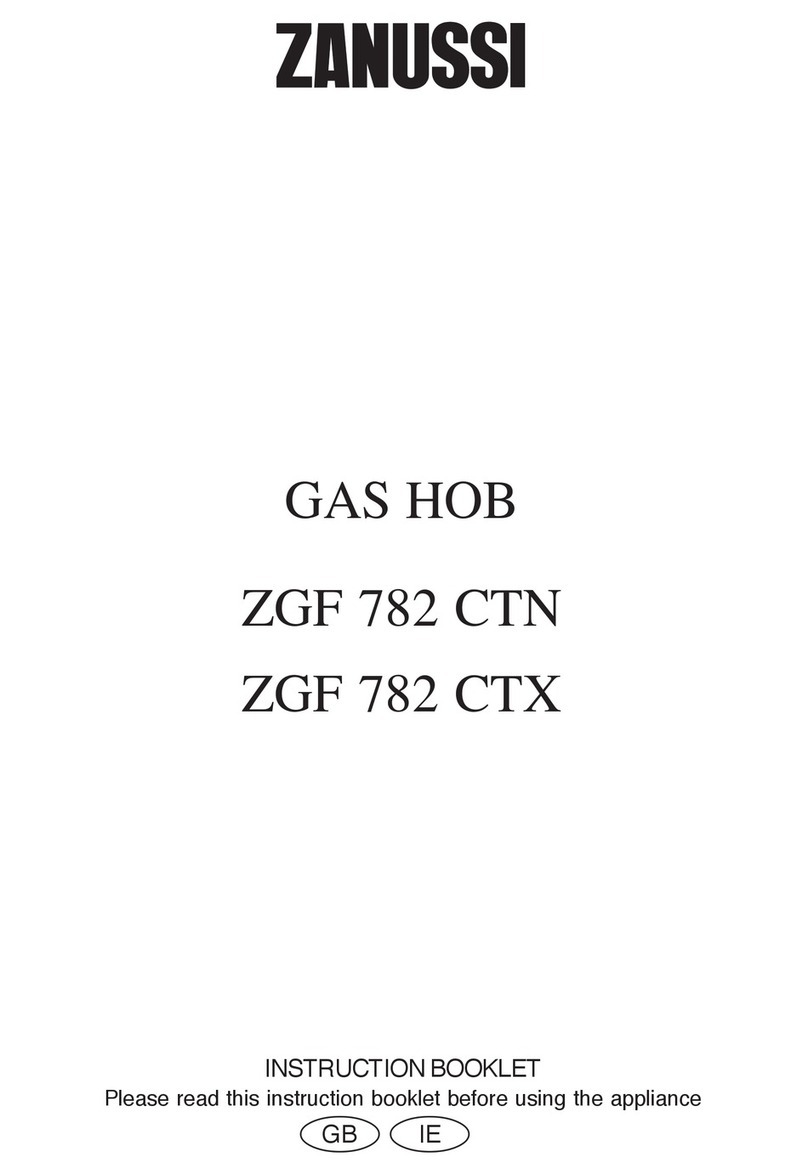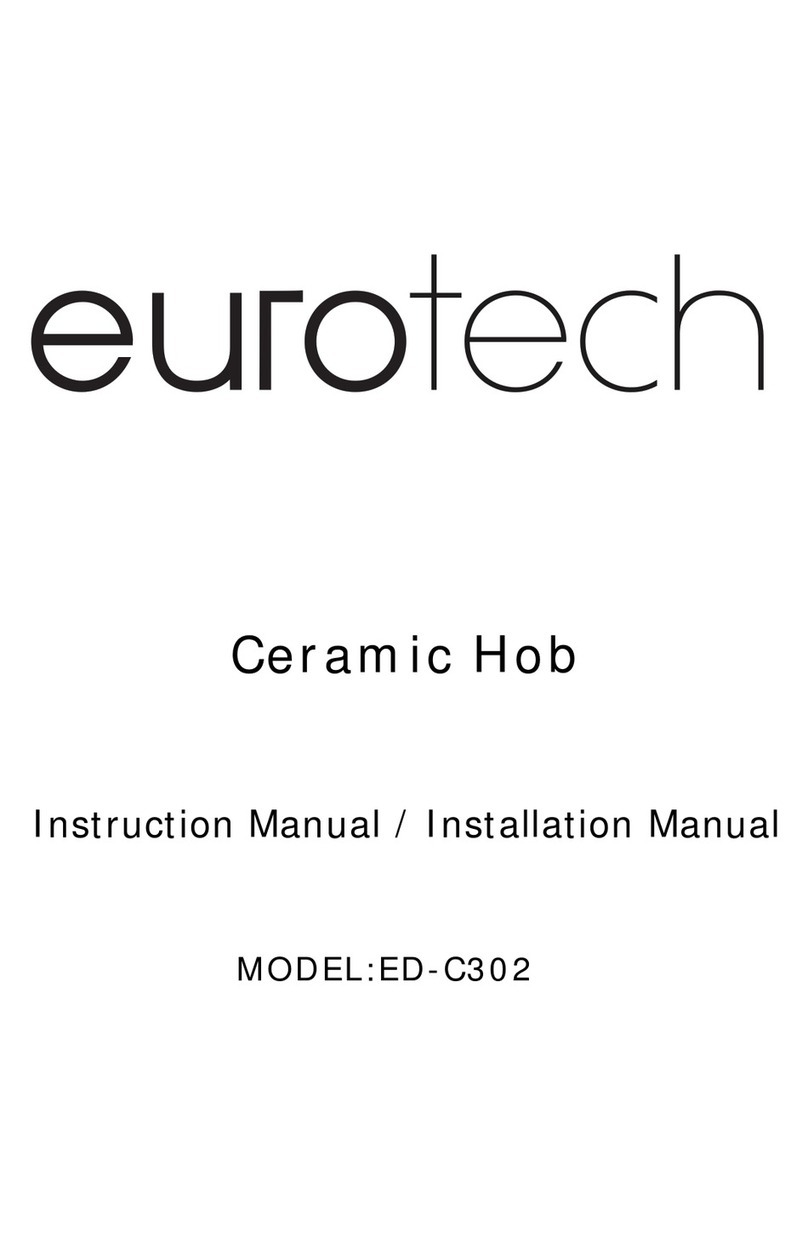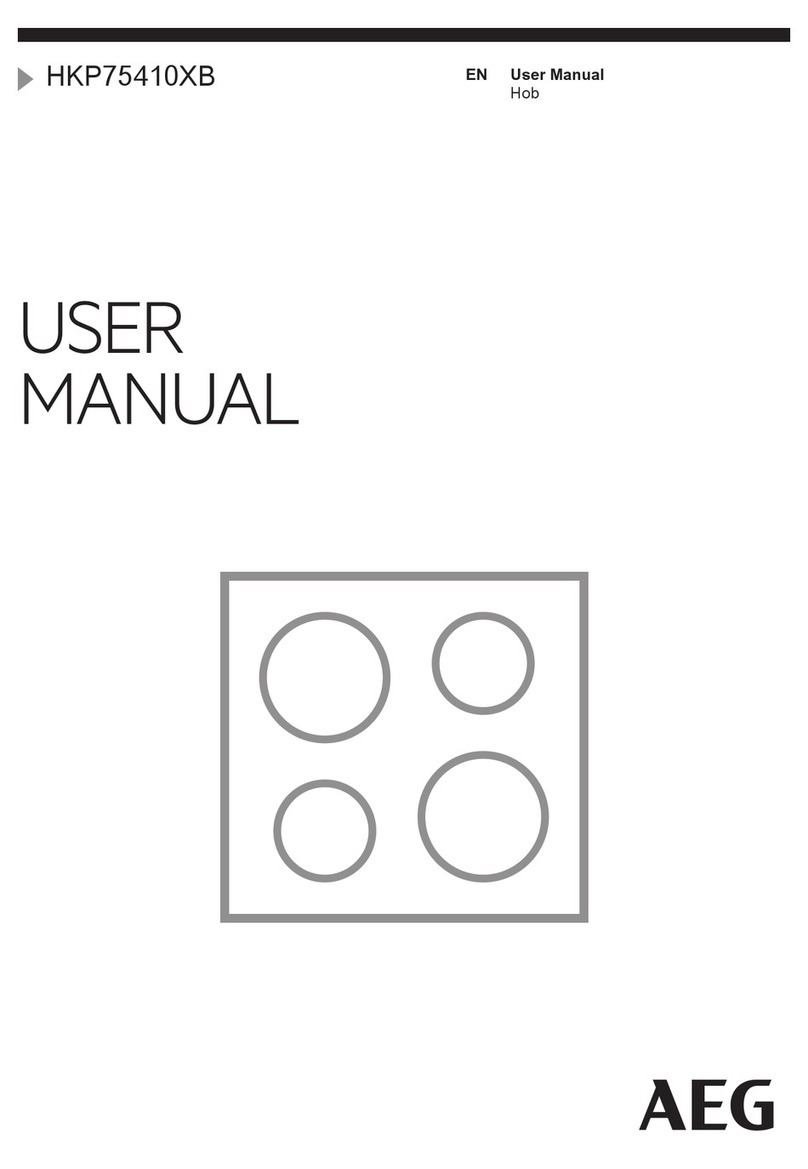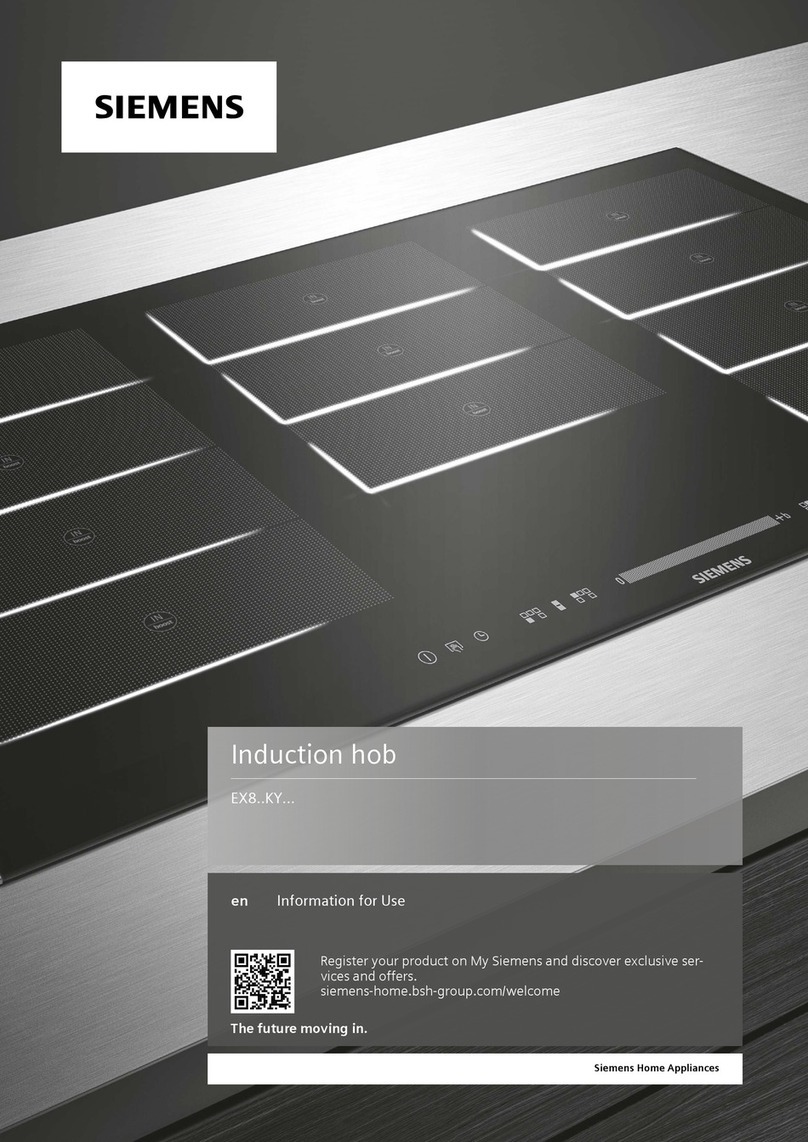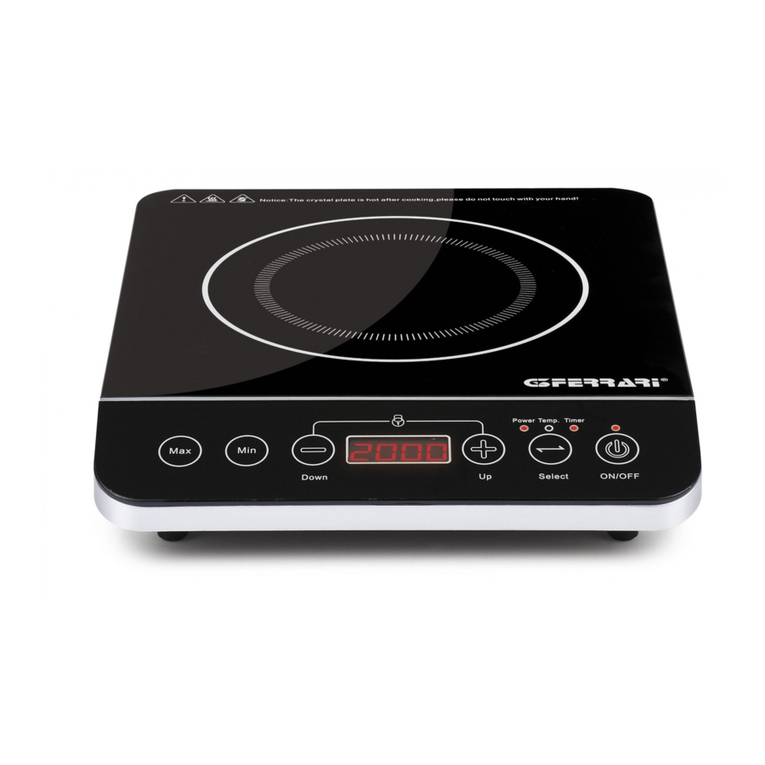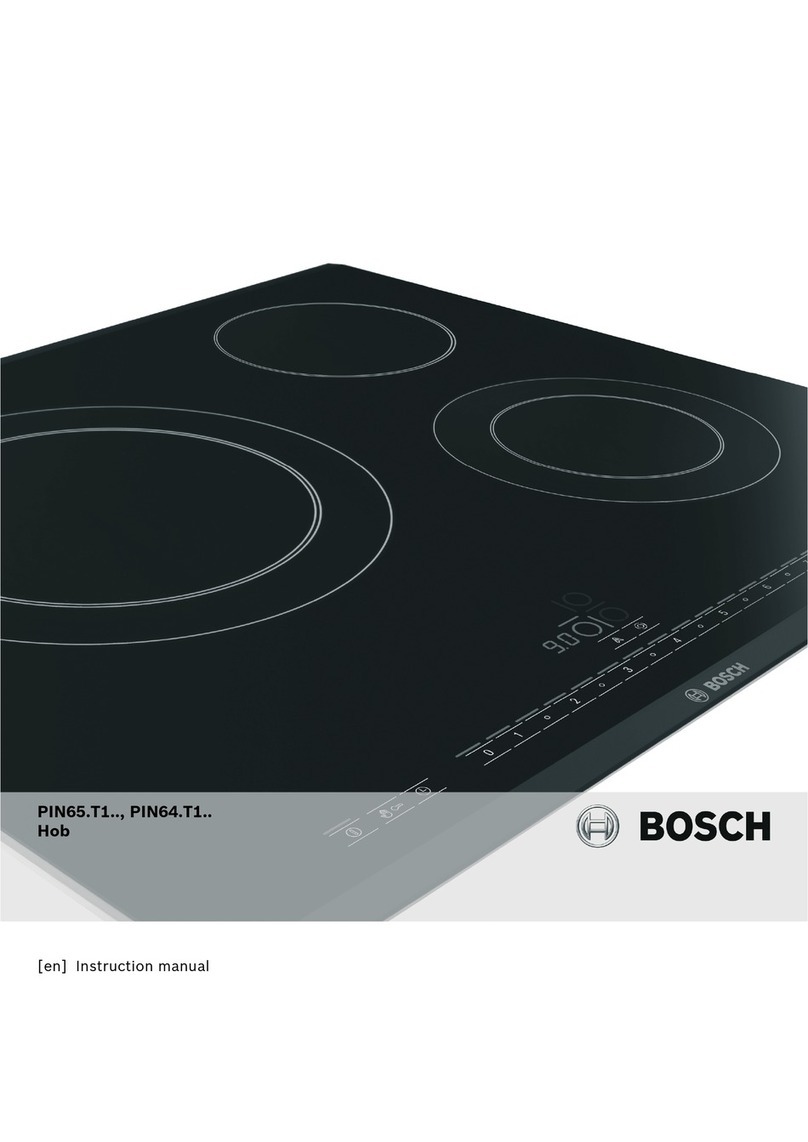INSTALLATION
WARNING: THIS APPLIANCE SHALL BE INSTALLED IN ACCORDANCE WITH THE
REGULATIONS IN FORCE AND ONLY USED IN A WELL VENTILATED SPACE. READ THE
INSTRUCTIONS BEFORE INSTALLING OR USING THIS APPLIANCE.
PRIOR TO INSTALLATION, ENSURE THAT THE LOCAL DISTRIBUTION CONDITIONS
(NATURE OF GAS AND GAS PRESSURE) AND THE ADJUSTMENTS OF THE APPLIANCE
ARE COMPATIBLE.
THE ADJUSTMENT CONDITIONS FOR THIS APPLIANCE ARE STATED ON THE DATA
PLATE WHICH IS SITUATED IN THE CENTRE VENT SLOT NEAR THE BASE OF THE
FRONT PLATE
This appliance is not connected to a combustion products evacuation device. It shall be installed
and connected in accordance with current installation regulations. Particular attention shall be
given to the relevant requirements regarding ventilation. (B.S. 5440 Part 2: 1989).
It should be in accordance also with any relevant requirements of the Gas Region and Local
Authority.
In your own interest, and that of safety to comply with the law, all gas appliances must be
installed by a competent person. Failure to install appliances correctly could lead to prosecution.
On completion, test the gas installation for soundness.
WARNING: THIS APPLIANCE MUST BE EARTHED
The appliance is designed for the voltage stated on the data plate.
The Companion is supplied from the manufacturers in a fully assembled and tested condition.
4
